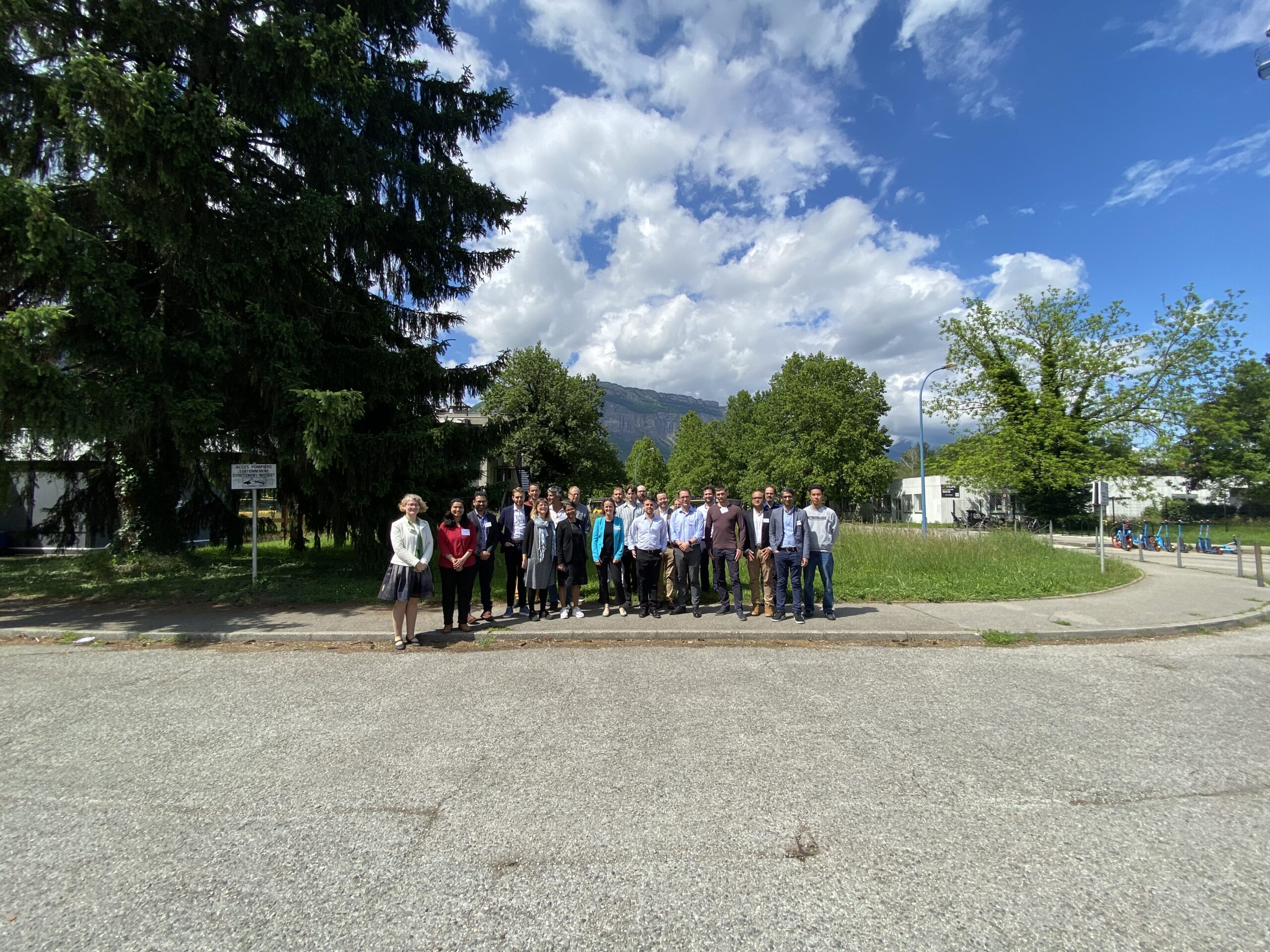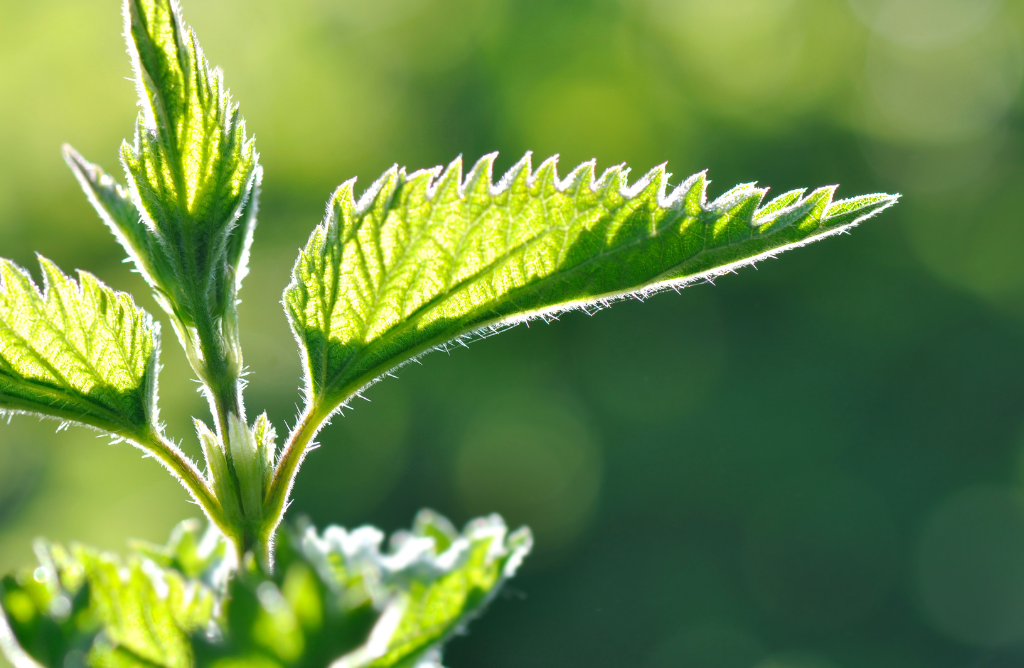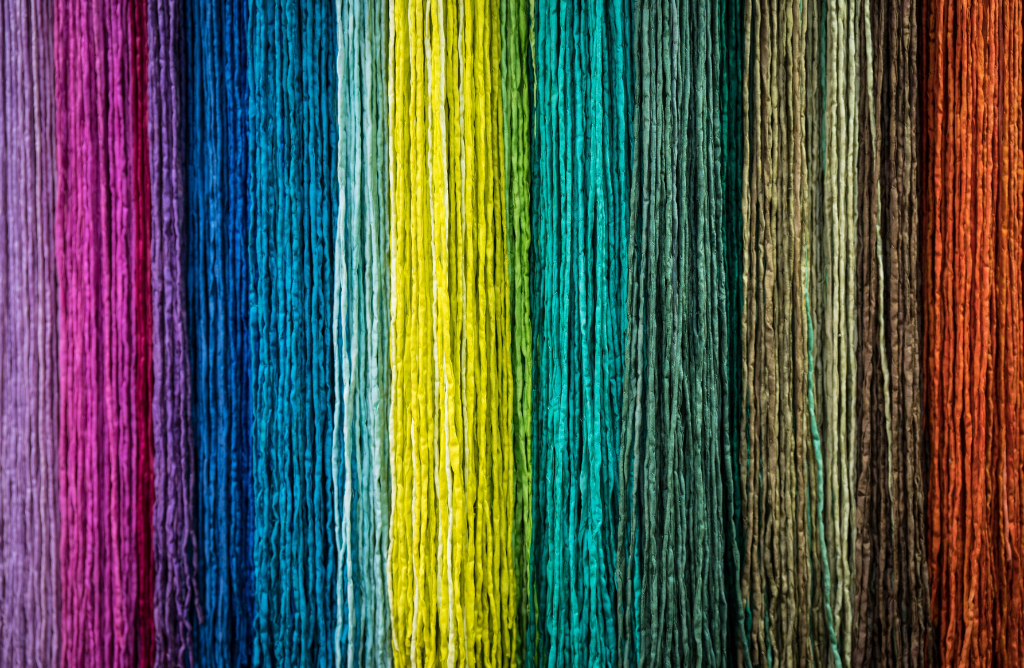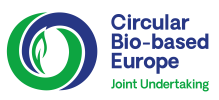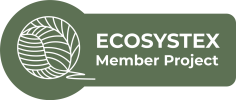We set off on a historical tour of Europe’s textile industry, following the expert weavers of Flanders to the busy textile hubs of England. Yet, you’ll find environmental challenges to this journey, since mass production leaves a lasting legacy. The need for natural fibers—cotton in particular—has increased supply chain vulnerabilities and deforestation. In response, the EU looks to transformative solutions as part of its commitment to sustainable development. The Bio-LUSH project, is the catalyst for the transformation of the EU textile sector towards a future characterized by circular and sustainable practices.
In Europe, the late Middle Ages and early Modern era saw the beginning of the textile industry. The roots of the industry can be found in the development of textile production in areas like Flanders (modern-day Belgium) and Italy. Particularly Flanders developed into a center for the weaving and production of wool. The region was vital to the growth of the textile trade, and Flemish weavers were renowned for their skill. Although wool was the main material used to make textiles, the introduction of cotton from the East to Europe during the Renaissance had a revolutionary effect. The production and cultivation of cotton was largely dependent on areas like Italy and Spain, whose textiles gained popularity. During the late 18th century, the textile industry grew particularly rapidly in England. Cotton spinning and weaving in cotton mills were mechanized, and innovations such as the water frame and spinning mule fueled the industry’s growth. Textile towns sprang up as a result of industrialization, with entire communities built around textile mills. Manchester, England, became known as “Cottonopolis” because of its concentration of cotton mills. The success of England’s textile industry prompted other European countries to industrialize their textile production. During the nineteenth century, France, Germany, and Belgium, among others, saw significant growth in their textile industries.

While industrialization of the textile industry brought about economic growth, technological advancement, and mass production of clothing, it has had significant adverse effects on the environment. Textile manufacturing involves the extensive use of water for processes such as dyeing and finishing. The discharge of untreated or inadequately treated wastewater into water bodies contributes to water pollution, harming aquatic ecosystems and biodiversity. The demand for natural fibers, such as cotton, has led to deforestation as land is cleared to make way for agricultural activities. This contributes to habitat loss, biodiversity decline, and disruption of ecosystems. Additionally, the EU relies on global supply chains for textiles, and if the production of cotton faces challenges due to environmental degradation and deforestation, it can create vulnerabilities in the textile supply chain. This, in turn, may impact the European textile industry, potentially leading to increased costs and disruptions. In some cases, deforestation for cotton cultivation may encroach upon lands traditionally used by indigenous or local communities. This can lead to conflicts over land rights, displacement of communities, and challenges to cultural practices. The social fabric of these communities may be disrupted, impacting their social and economic well-being. On the other hand, according to the European Commission, EU consumption of textiles has, on average, the fourth highest impact on the environment and climate change, after food, housing, and mobility. It is also the third-highest area of consumption for water and land use and fifth-highest for the use of primary raw materials and greenhouse gas emissions.
Addressing the impacts of the textile industry requires a holistic approach that considers the well-being of communities, sustainable agricultural practices, and responsible business conduct within it.
With its increased attention to social and environmental sustainability, the EU seeks to strengthen global value chains, thus contributing to the Sustainable Development Goals worldwide.
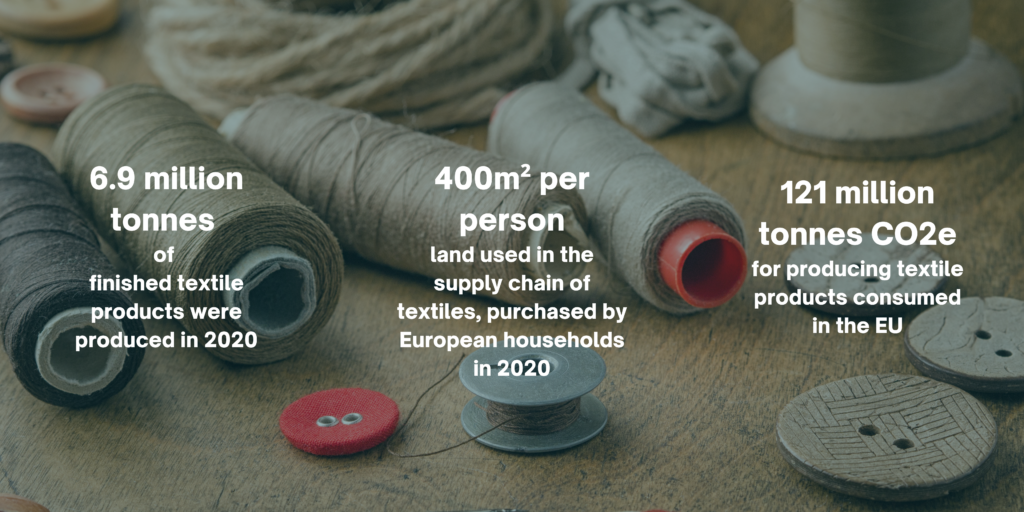
Transformative Solutions: Bio-LUSH’s Journey Towards Sustainable Textiles in the EU
Funded by European Commission and Circular Bio-based Europe Joint Undertaking Bio-LUSH aims to bring the impacts that are in line with the CBE JU annual work programme and Strategic Research and Innovation Agenda (SRIA). The project aims to contribute to the European Green Deal, the EU Bioeconomy strategy and its action plan, the Circular Economy Action Plan, the Sustainable Textiles strategy, the Zero Pollution Action plan.
The Bio-LUSH project, in collaboration with Spinnova, emerges as a beacon of hope for the textile industry’s transformation. Spinnova, with its commitment to innovative fiber production, aims to replace a significant portion of cotton consumption globally by 2030. Their sustainable process, avoiding harmful chemicals, utilizing minimal water, and ensuring low CO2 emissions, aligns seamlessly with the EU’s vision for environmental stewardship. This disruptive innovation marks a significant leap towards biodegradable and recyclable textile fibers, devoid of harmful chemicals and requiring 99% less water than traditional processes. The integration of antimicrobial properties further enhances the sustainability profile of these fibers.
Additionally, our partners recognize the untapped potential of traditionally considered a hemp byproducts with limited applications. Through innovative methods, we’ve successfully transformed hemp waste into high-value substances suitable for textile fibers. This valorization not only minimizes waste but also contributes to the creation of antibacterial biocomposites and sustainable textile fibers.
Our exploration extends beyond the immediate concerns, envisioning a sustainable alternative to traditional cotton cultivation. Poplar plantations on marginal lands in northern Europe offer a promising solution, potentially replacing cotton cultivation on vast hectares. This shift not only dramatically reduces the environmental footprint of textiles, chemicals, and biofuels but also enables the reclamation of land and water resources for food production.
By addressing environmental concerns, valorizing waste, exploring sustainable alternatives, and pioneering antimicrobial fibers, we envision a circular and sustainable future for textiles in the EU. This journey not only aligns with the EU’s commitment to environmental responsibility but also contributes to global efforts to achieve the Sustainable Development Goals.


